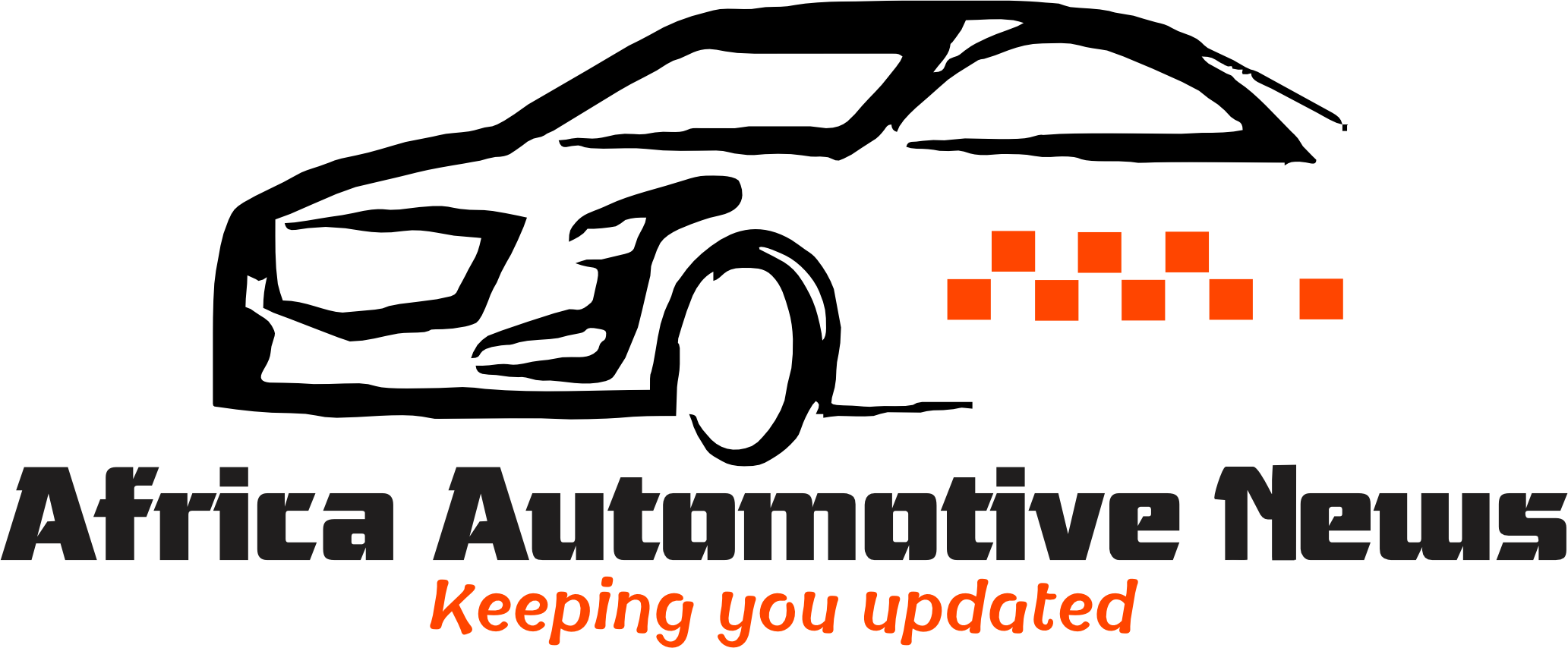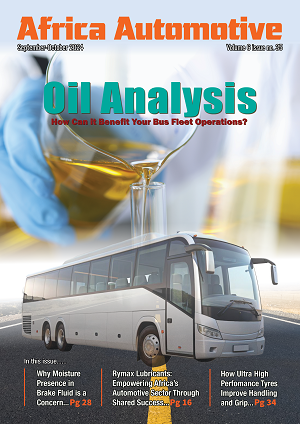The global automotive industry, heavily depends on the tyre market, for the production and distribution of various types of vehicles. According to a recent market report by Grand View Research, “The global tyres market size was estimated at USD 143.06 billion in 2024, and is projected to grow at a CAGR of 3.4% from 2025 to 2030. The global tyres industry is driven by the rapid expansion of the automotive industry, particularly in emerging economies where rising disposable income and increasing vehicle ownership fuel tyre demand. The African Tyre Market is poised for significant growth as well, making the African Tyre Market an essential focus for stakeholders in the automotive supply chain.
In Africa, the continent is known as a potential emerging market place, for dynamic growth and diverse landscapes, presenting a compelling future for the tyre market and the automotive industry as a whole. Although still developing, the automotive industry in Africa is gaining steady momentum. For instance, assembly plants are being established in countries like South Africa, Nigeria, and Kenya, boosting local production, and stimulating demand for original equipment tyres (OEM). The growth of ride-hailing services and logistics companies further contributes to this expansion.
The African Tyre Market is becoming increasingly relevant as manufacturers adapt to the unique demands of this region.
The Market Potential
The potential of the African Tyre Market cannot be overstated, as it represents a diverse and expanding opportunity for manufacturers and suppliers.
Zooming further in to the Africa market, Grand View Research report states that, “The tyres market in Middle East & Africa is anticipated to grow at a significant CAGR during the forecast period. The expansion of the industrial and agricultural sectors is a critical driving factor. With African nations relying heavily on agriculture and mining, the demand for specialized tyres designed for tractors, harvesters, and heavy-duty machinery has surged.”
Additionally, with reference to the Kenyan market, MarkNtel Advisors’ market report indicates that, “The Kenya Tyre Market size is valued at around USD 376 million in 2024 and is estimated to grow at a CAGR of around 5.7% during the forecast period, i.e., 2025-30. Due to a lack of domestic tyre production, Kenya imports tyres from several nations to fulfill their demand.”
Also Read: How Automatic Tyre Pressure Systems Support Sustainability in Fleet Management
Tyre Market Demand
The report continues, “The market has a growing demand for both OEMs and replacement tyres which is highly influenced by urbanization in various parts of the country and high infrastructure improvements involving economic growth making them some of the most crucial market drivers. Rising income and urbanization are leading to higher vehicle ownership ultimately creating the demand for tyres. Infrastructure projects are being developed requiring heavy modes of transport boosting the demand for off-road and commercial tyres.”
MarkNtel Advisors’ report highlights current opportunities in Kenya, stating that technological advancements are driving the need for innovations, such as eco-friendly, high-performance, and durable all-terrain tyres, which create significant growth opportunities.
“For instance, South Africa’s automotive industry saw a strong performance in March 2025, with domestic new vehicle sales reaching 49,493 units, a 12.5% increase from 43,989 units in March 2024. The new passenger car market surged by 25.3%, totaling 33,447 units, driven by robust consumer demand and favorable lending conditions,” this is according to TechSci Research recent market report.
Consumer Decision Influence
TechSci Research report further highlights that, “Affordability plays a major role in consumer decision-making in the Africa tyre market, pushing budget tyre brands into the spotlight. Low- to mid-income consumers prioritize cost-effective tyre options that offer basic performance, safe drivability, and sufficient durability for daily use.”
Looking on to the Nigerian market, TechSci Research reports, “The Nigeria Tyre Market has experienced notable growth as a result of expanding vehicle populations, supportive government infrastructure initiatives, and the emergence of a robust aftermarket segment. TechSci Research valued the Nigeria Tyre Market at USD 610 million in 2024 and project it to reach approximately USD 1,060 million by 2030, expanding at a CAGR of 9.8% during the 2025–2030 forecast period.”
Also Read: Is Your Trucking Business Rolling on Risks?
Key Trends Shaping the African Tyre Market
The African tyre market is not static; it is evolving in response to global trends and local realities, such as:
-
Rising Popularity of TBR Tyres
Truck and Bus Radial (TBR) tyres are gaining traction due to their superior durability, fuel efficiency, and load-carrying capacity compared to traditional bias-ply tyres. The growing logistics and transportation sectors are also driving this demand, particularly for long-haul applications.
2. Growing Demand for Fuel-Efficient Tyres
As fuel prices in Africa rise and fluctuate unpredictably, consumers and businesses are increasingly prioritizing fuel efficiency. This is driving demand for low rolling resistance tyres, which can significantly reduce fuel consumption and operating costs.
3. Import Dominance and Counterfeit Tyres
The African tyre market is heavily reliant on imports, primarily from major manufacturers across other continents worldwide. This reliance exposes the market to the risk of counterfeit and substandard tyres, which are compromising safety and performance. However, African governments and the relevant authorities are actively working to address this issue through implementation of stricter regulations and enforcement measures to combat the proliferation of counterfeit tyres and promote the quality of imported tyres.
4. Increasing Online Sales
E-commerce is gradually gaining ground in Africa, including the sale of tyres. Online platforms offer consumers convenience, competitive pricing, and a wider selection of brands. However, challenges such as limited internet access, counterfeit and logistical complexities still remain.
5. Focus on Sustainability
While still in its early stages, there is growing awareness of sustainability in the African tyre market. This includes the promotion of retreading, recycling, and responsible disposal of used tyres.
Challenges and Opportunities in the African Tyre Market
The African tyre market presents several unique challenges despite its growth potential, including but not limited to:
Infrastructure Deficiencies
Poor road infrastructure in many regions leads to accelerated tyre wear and tear, increasing the demand for durable and robust tyres but also impacting transportation costs and logistics.
Competition from Low-Cost Imports
While offering affordability, the influx of low-cost tyres, often compromises quality and safety standards. This creates a challenge for established brands seeking to maintain their market share.
Limited Access to Finance
Small and medium-sized enterprises (SMEs) operating in the tyre market often face difficulties accessing finance for expansion and modernization.
Economic and Political Instability
More often, economic fluctuations and political instability in some African countries create uncertainty and disrupt business operations.
However, these challenges also present opportunities for businesses that are willing to adapt and innovate to fulfil the African tyre demand, in ways like:
Investing in Local Manufacturing
Establishing local tyre manufacturing facilities can reduce reliance on imports, create jobs, and contribute to economic development.
Developing Tyres Specifically for the African Conditions
Designing tyres specifically for Africa’s harsh road conditions and diverse terrains gives a competitive advantage.
Strengthening Distribution Networks
Building robust and efficient distribution networks is crucial for reaching customers in both urban and rural areas.
Promoting Tyre Safety and Awareness
Educating consumers about the importance of tyre maintenance and safety can help reduce accidents and improve road safety.
Adopting Sustainable Practices
Implementing sustainable practices such as retreading and recycling can enhance brand image and contribute to environmental protection. This way companies can attract environmentally conscious consumers, build trust, and positively impact the environment.
Also Read: Bus tyre inflation
A Continent of Diverse Markets
Different regions and countries in Africa, exhibit unique characteristics and demand patterns. For instance, let’s talk about 4 countries across the African region:
South Africa
This is the most developed tyre market in Africa, with a strong automotive industry and a relatively high rate of vehicle ownership. The country is also a major producer of tyres, both for domestic consumption and export.
Nigeria
As the most populous country in Africa, Nigeria represents a significant growth opportunity for the tyre market. The increasing number of vehicles on the road and the growing demand for transportation services are driving demand for tyres in this country.
Kenya
As a regional hub for trade and transportation, Kenya is a key market for TBR tyres. The country’s expanding economy, infrastructure, and growing vehicle ownership contributes to a thriving tyre market. Additionally, all-season tyres are gaining popularity for their year-round performance, according to TechSci Research. Other tyre types relevant to Kenyan roads include those for urban commuting, sport touring, high performance, ultra-high performance, and different terrains for SUVs.
North Africa
North Africa’s proximity to Europe and the Middle East influences its tyre market. Demand for high-performance tyres is relatively strong in this region. Each North African nation exhibits unique characteristics within the broader tyre market.
For example, Morocco has a relatively well-developed automotive industry and a growing demand for high-performance tyres. Egypt, with its large population and expanding economy, represents a significant market for both PCR and CVR. Algeria, despite its resource wealth, faces challenges related to import regulations and infrastructure bottlenecks impacting tyre distribution.
Also Read: JK Tyres Launches SMART TYRE Range
A Market Ripe with Potential: The Future of the African Tyre Market
The African tyre market, represents a significant opportunity for tyre manufacturers, and distributors looking to expand their global footprint.
In the coming years, the market will continue to grow strongly, driven by economic development, urbanization, infrastructure investment, and the expansion of the automotive industry.
Companies that adapt to the unique needs of African tyre consumers and invest in local manufacturing and distribution will position themselves to thrive in this dynamic and promising market.
The key to success lies in recognizing the diversity of the continent tyre needs, and tailoring strategies accordingly.
Nonetheless, embracing innovation, prioritizing safety, and committing to sustainable practices, tyre manufacturers can significantly contribute to the continued growth and development of the African tyre market while achieving their commercial objectives.




